What Is Brand Awareness?
Brand awareness is the extent to which people—in your target market or beyond—recognize you.
It refers to their familiarity with your brand. Including its name, logo, what it offers, and other distinct features.
Imagine you’re thirsty, and someone mentions Coca-Cola. Instantly, the iconic red can and the fizzy drink (and even its taste) come to mind. That’s brand awareness.
Or perhaps you’re planning to buy a smartphone. One of the first brands that pops into your mind is most likely Apple.
Why?
This isn’t accidental. It’s the result of their strategic campaigns.
Brand awareness is often the first stage in a customer’s purchase journey. If you don’t know of a brand, you don’t know whether you want to be its customer.
And that’s one of the reasons why increasing brand awareness is a primary goal of content marketing:
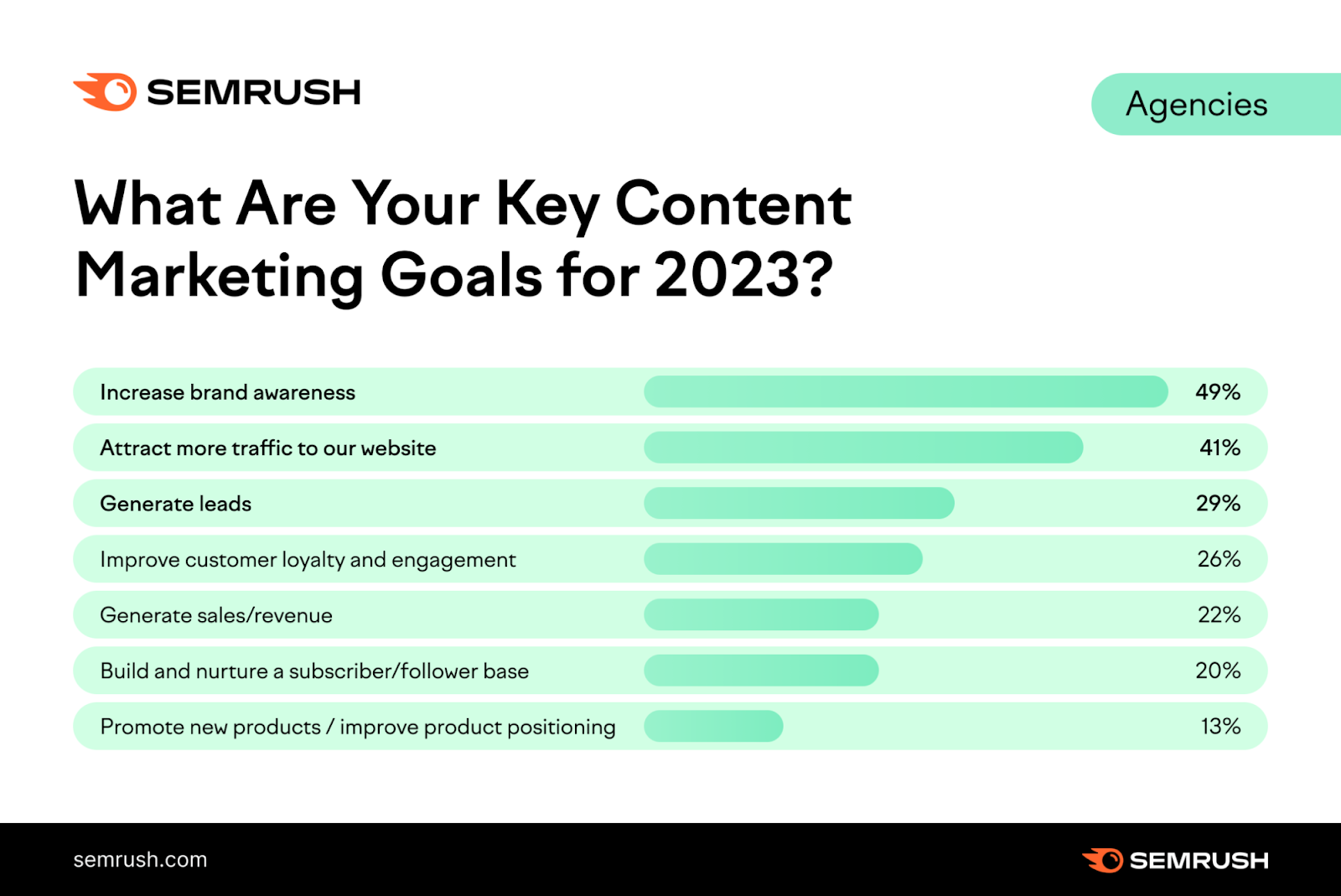
How Does Brand Awareness Work?
Brand awareness works by ingraining your brand into the minds of consumers. Making it their top choice when they consider purchasing in your category.
This awareness is built and boosted through strategies like SEO, content marketing, social media outreach, advertising, and more.
Now, this awareness manifests in two forms: unaided and aided.
- Unaided brand awareness or ‘brand recall’ occurs when consumers spontaneously recall your brand. For example, if someone thinks “coffee” and “Starbucks” comes to mind, that’s unaided awareness.
- Aided brand awareness occurs when consumers identify your brand among others. If you’re scanning a shelf of sodas and recognize “Coca-Cola,” this is an example of aided awareness.
Brand awareness (aided or unaided) acts like a spotlight on your brand in a market crowded with competitors.
Moreover, people tend to favor familiar brands when making a purchase decision.
Picture yourself choosing between two similar items: one from a well-known shoe brand and the other from an unknown company. You’ll probably lean toward the familiar one.
Is Brand Awareness Different from Brand Recognition?
Brand awareness reflects the degree to which consumers are familiar with the existence and attributes of your brand.
It’s about how well your customers remember not just your brand’s name, but also its products, services, values, and the experiences it provides.
But brand recognition is consumers’ ability to identify your brand based primarily on visual or auditory cues. Such as logos, colors, images, or jingles. This form of recognition can be considered a type of “aided” brand awareness.
So, while brand recognition often intersects with elements of brand awareness like logos, it typically relies exclusively on sensory identifiers.
For instance, while many might recognize the “U” of Unilever, they may not be aware of the diverse range of products the company owns. The logo is instantly recognizable (brand recognition), but a deeper understanding of the company’s portfolio may be lacking (brand awareness).
Conversely, if someone talks about popular coffee chains and you instantly think of Starbucks, it demonstrates strong brand awareness.
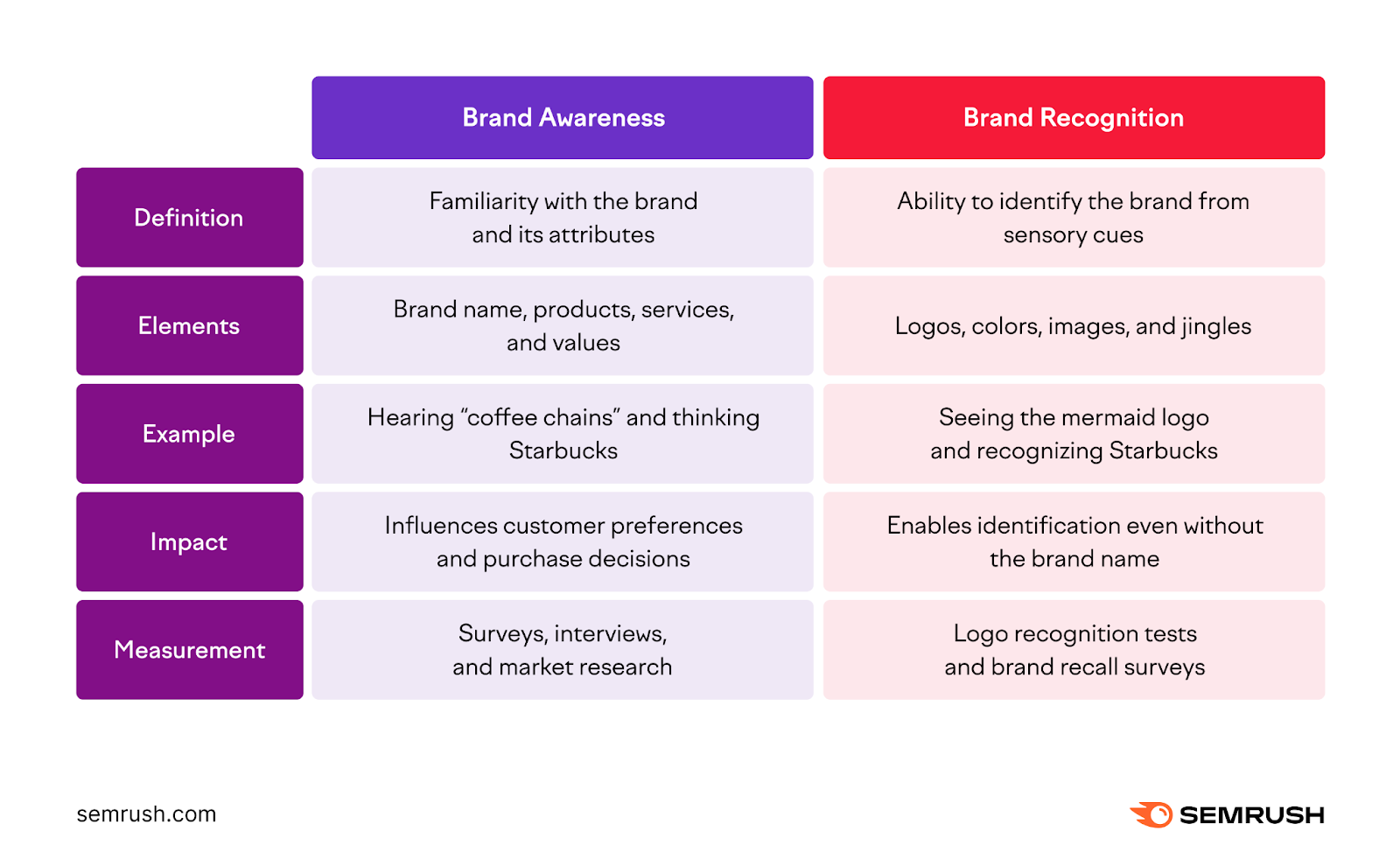
Why Is Brand Awareness Important?
Brand awareness can help your brand cut through the noise, stay top-of-mind, and increase the likelihood of being chosen when purchase decisions are made.
Here are some of the specific points that highlight the importance of brand awareness:
Increases Marketing Impact
When your brand is well-known, your marketing efforts across channels (SEO, social media, content marketing, and more) become more potent.
People are more likely to engage with your content, share your posts, and click on your links on the search engine results page (SERP) if they recognize your brand.
For instance, McDonald’s garners high engagement on its social media campaigns. That’s due in part to its strong brand awareness.
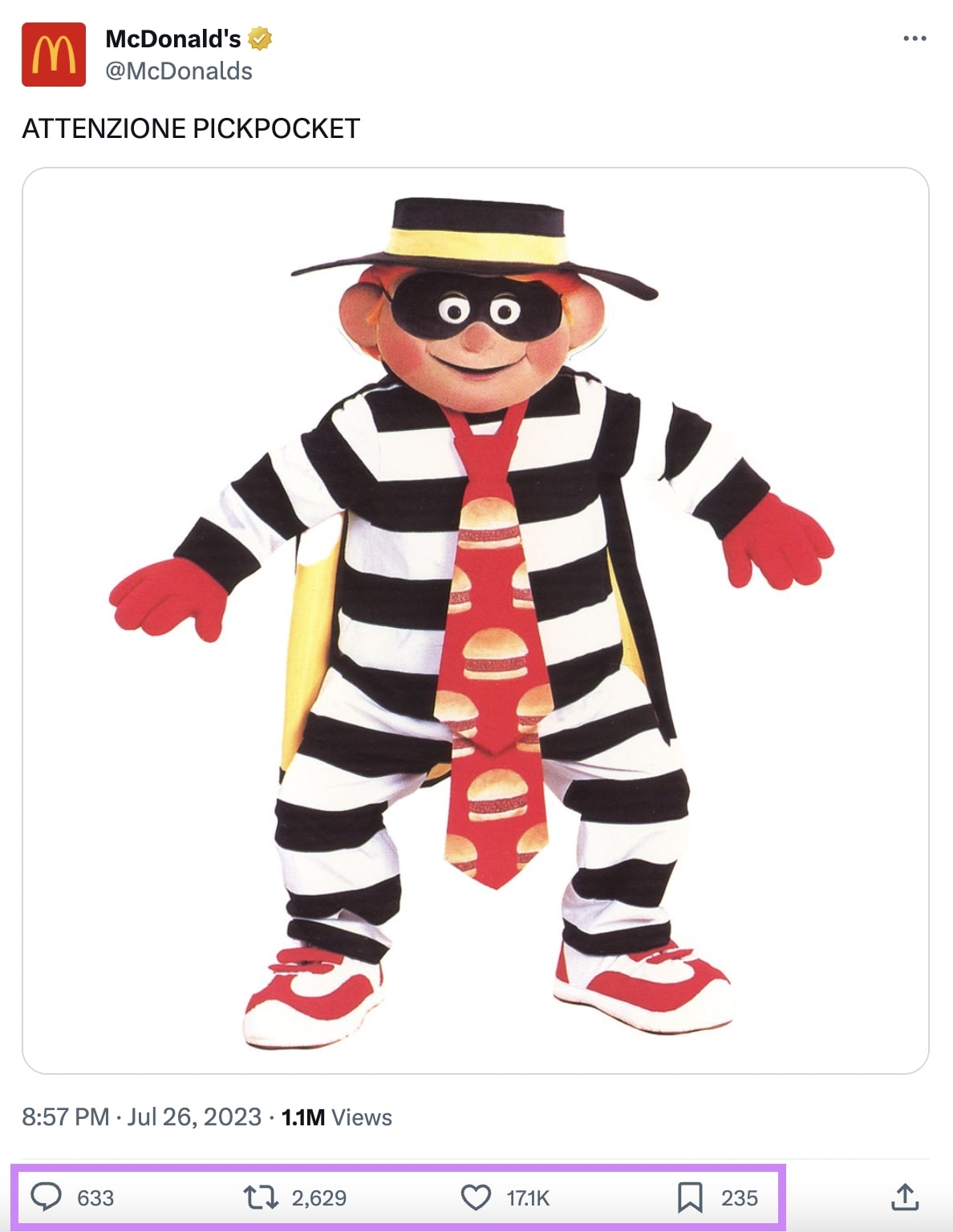
This amplifies the impact of the fast food chain’s overall marketing.
Builds Trust and Loyalty
While brand awareness is usually associated with attracting new customers, it also plays a significant role in retaining existing ones.
Repeated exposure and positive associations with your brand foster trust. Leading to customer loyalty.
This loyalty translates into repeat purchases and higher retention rates. In fact, loyal customers tend to spend 67% more on products compared to new customers.
For instance: Some of Apple’s loyal customer base, built largely on strong brand awareness, eagerly awaits every new product launch.
This anticipation and brand loyalty keep customers coming back. Which demonstrates the retention power of brand awareness.
However, it’s worth noting that this loyalty needs to be backed by quality products or services that provide value to users. Otherwise, you risk being known for the wrong reasons.
Establishes a Dominant Market Presence
Being a recognized name positions you strongly in your market segment. You gain an advantage because consumers generally favor familiar brands.
This recognition aids everything from word-of-mouth recommendations to online searches.
Enhances Brand Equity
Brand equity is the perceived value of your brand based on customer experiences, associations, and expectations. It reflects your brand’s competitive advantage and influence in the market. This influence often leads consumers to opt for your brand over competitors.
Strong brand awareness contributes significantly to your brand equity.
And high brand equity can elevate your company’s standing in the industry, create partnership opportunities, and attract potential investors.
A company like Patagonia, for instance, has strong brand awareness centered largely on environmental ethics. As you can see in this report from The Guardian:
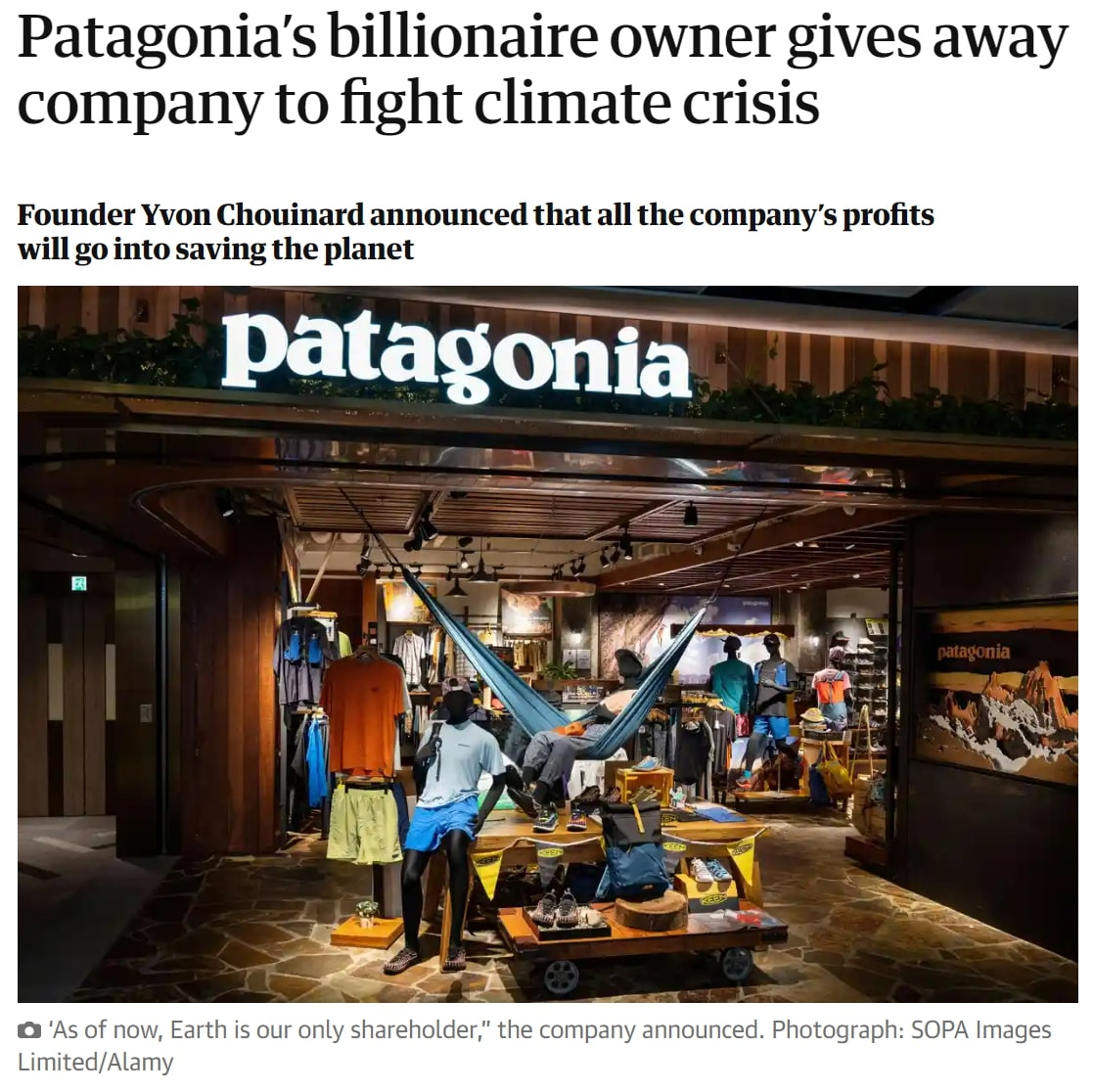
This has not only resonated with their customer base but has also contributed to high brand equity. Which has elevated their reputation and perceived value in the market.
Boosts Sales
Brand awareness directly affects your revenue by influencing purchase decisions.
When people recognize your brand, they’re more likely to choose you over competitors.
This is not limited to just purchases. It also impacts their interactions with your brand. Like subscribing to a newsletter or following on social media.
Nike’s strong reputation for quality and innovation often guides customers toward their products among many competing athletic wear brands.
5 Key Elements of a Successful Brand Awareness Strategy
Creating a successful brand awareness strategy involves crafting a compelling brand story, maintaining consistency across channels, and constantly innovating to engage your audience.
Let’s look at the key elements that help achieve this:
1. Brand Positioning
The way you differentiate your brand in the market matters.
This involves defining your unique value proposition, target audience, and competitive advantage that sets you apart.
For example, Apple positions itself as an innovator, attracting tech-savvy consumers looking for cutting-edge technology.
It consistently ranks as one of the most innovative brands:
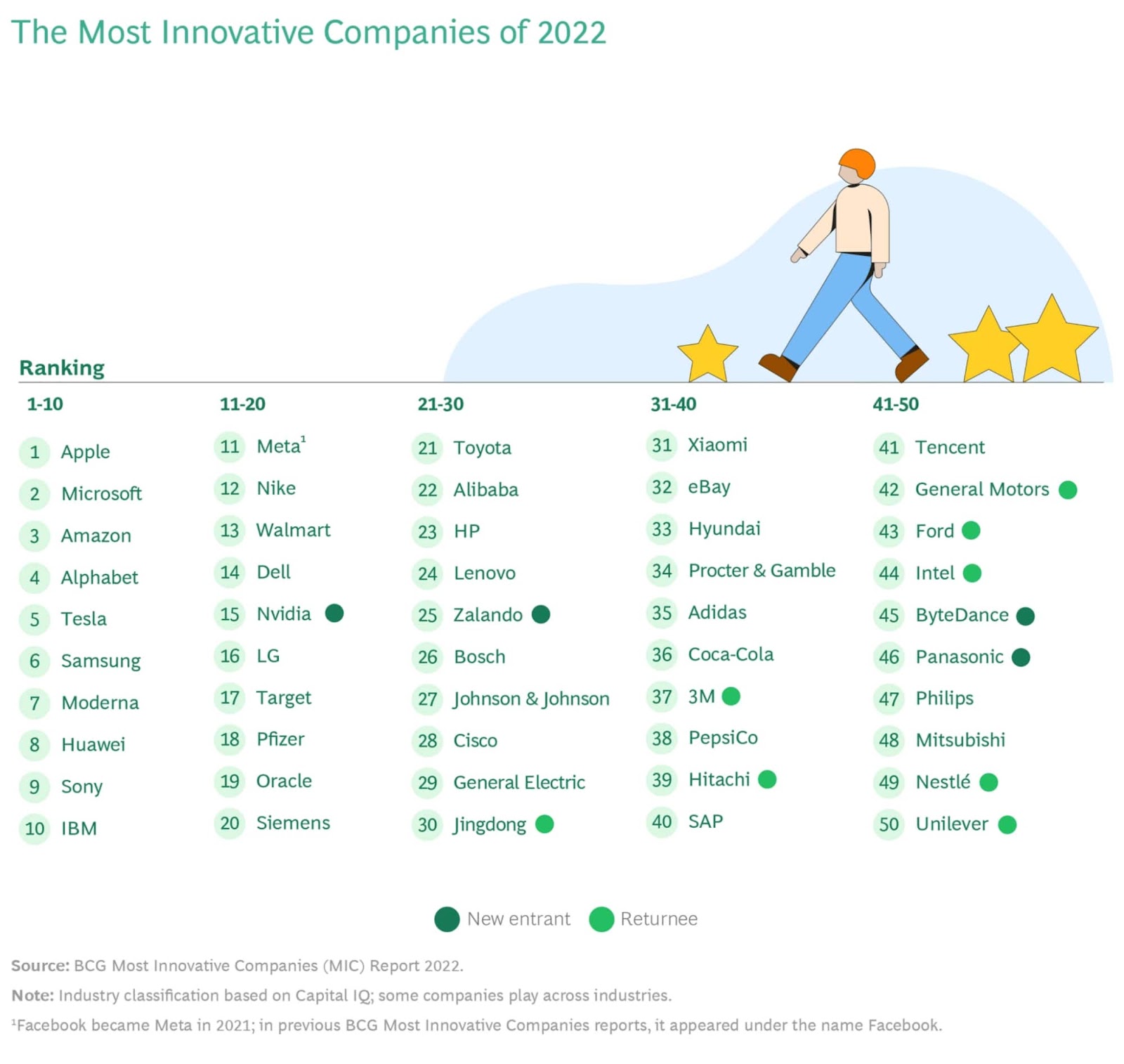
Image Source: BCG
Further reading: How to Do Brand Positioning: A Value-Based Approach
2. Clear Brand Messaging
A clear, consistent message strengthens your brand’s image. This includes your taglines, product descriptions, ad copy, and all other communications.
Consider Nike’s “Just Do It” slogan. Which reflects its inspiring and motivating brand message.
Here’s Nike’s #JustDoIt ad featuring Serena Williams:

3. Consistent Visual Identity
A unified look, feel, and messaging across all platforms enhances brand awareness by making your brand easily recognizable and memorable.
In fact, it’s one of the most important things when talking about how to create brand awareness.
So, your logo, brand colors, typography, and other design elements that form your brand’s visual identity should be distinct and consistent across all platforms.
Starbucks is a great example. It maintains consistent branding with its unique green color and logo across all outlets and packaging.
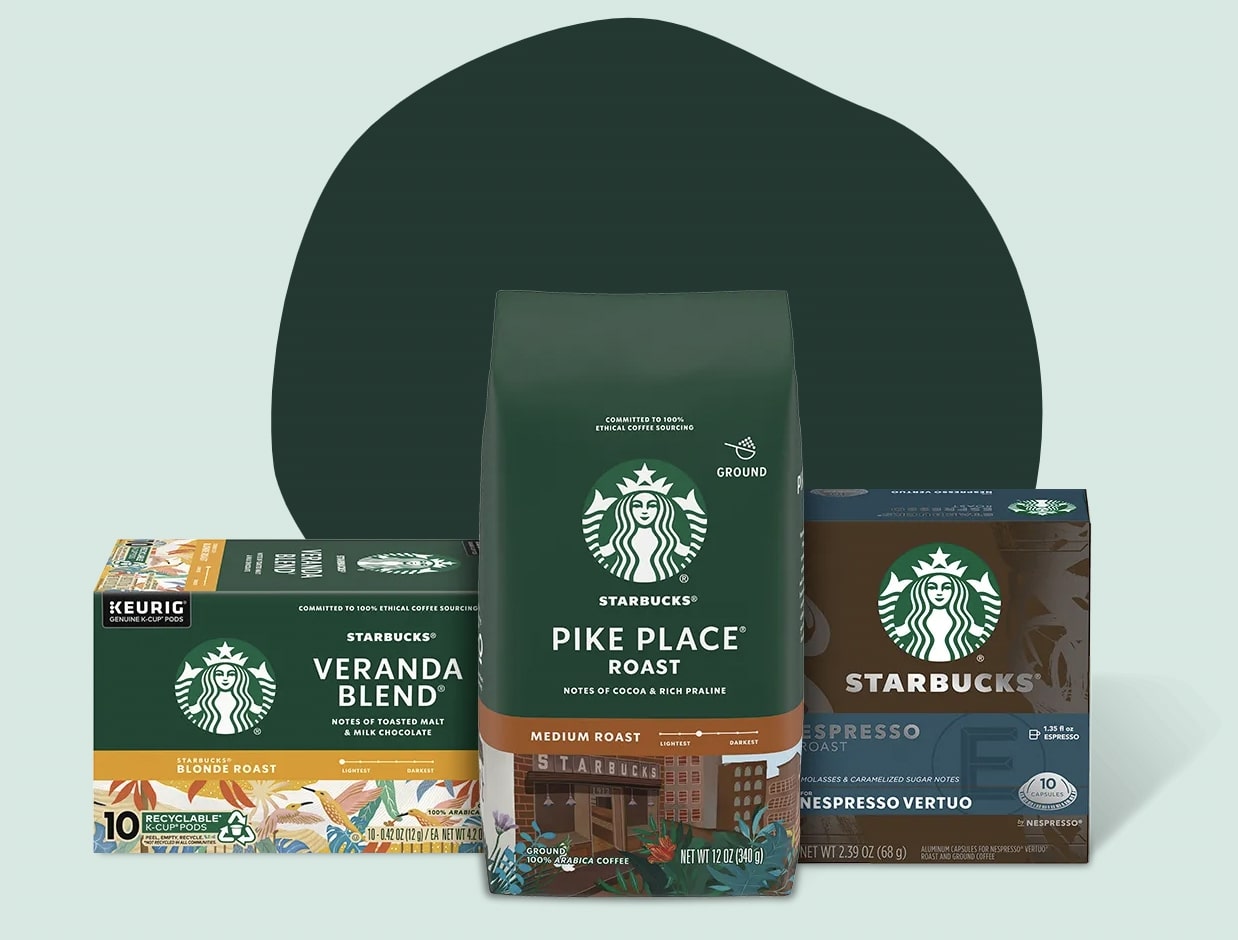
4. A Multi-Channel Presence
Your brand needs to be present where your audience is. This could be on social media platforms, search engines, email, or offline events.
Target, for instance, has a significant presence across multiple channels to cater to its diverse customer base. This boosts its brand visibility.
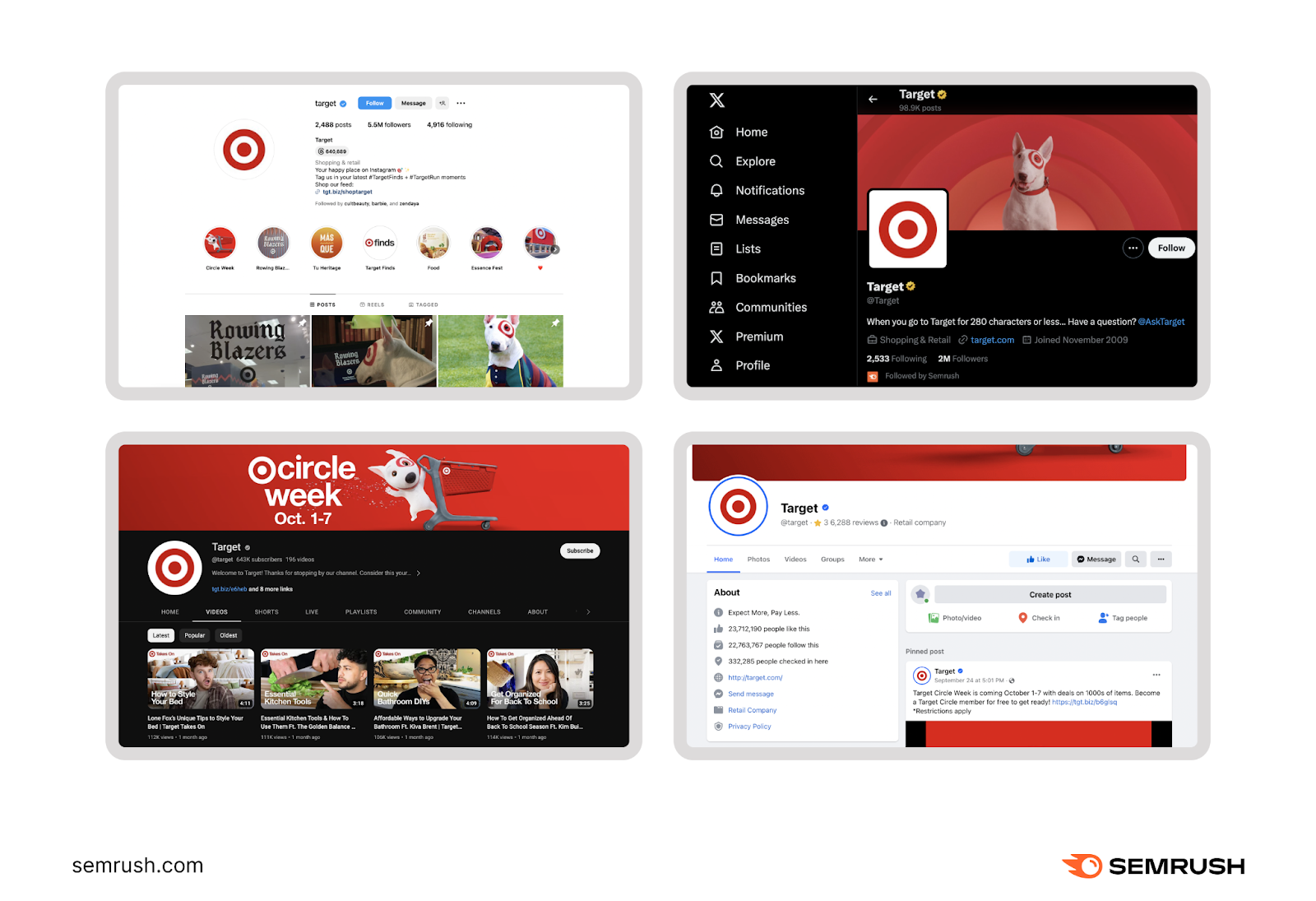
5. Adaptability and Community Connection
The focus on continuous innovation and community involvement ensures your brand stays relevant and positively resonates with consumers.
It keeps your brand fresh and top of mind. And builds a positive image in the market.
For instance, Google is known for its culture of innovation, which keeps it at the forefront of the tech industry. In fact, did you know Google once had a Chief Innovation Evangelist?

Similarly, the active community engagement of Ben & Jerry’s highlights the power of aligning your brand with social causes. By taking a stand on various issues, it has created an image that goes beyond its products. Which has likely contributed to its brand awareness.
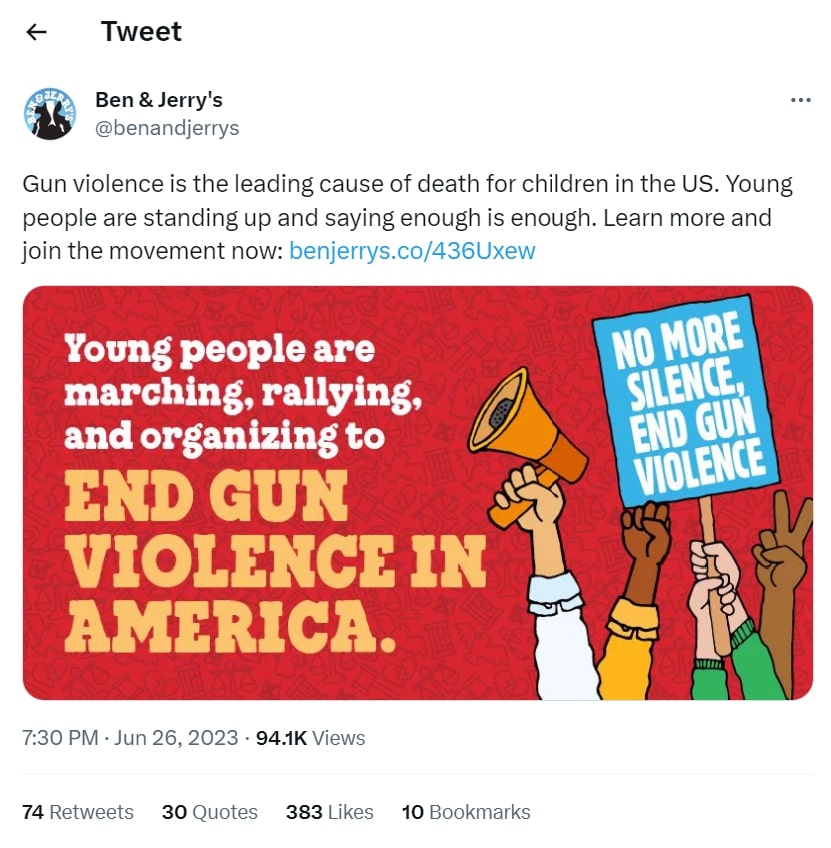
21 Effective Tactics to Increase Brand Awareness
An effective brand awareness strategy should create a meaningful connection between your brand and your audience.
It’s not just about being known. It’s about being known for something that matters to your audience.
Here are 21 tactics to get there:
1. Engage Your Audience with Brand Storytelling
Identify meaningful aspects of your brand—be it your origin, mission, or impact. And craft narratives around them.
For instance, if your company was started in a dorm room, share that struggle and journey.
We’ve all heard stories of how Mark Zuckerberg started Facebook from his Harvard dorm room.

Tesla’s goal to accelerate the transition to sustainable energy is another good example. The company uses its mission to tell a story and engage the audience.
The aim is to evoke emotions and make your brand relatable.
By connecting emotionally, you’re more likely to be remembered. This will boost your brand’s presence in consumers’ minds.
2. Build Your Visual Asset Library
You can start by gathering key visual elements like logos, color palettes, and typography into a centralized asset library. This will be your go-to resource for all branding activities.
Next, make your asset library more robust by adding branded templates for social media posts, presentations, and emails. Include reusable images, icon sets, and even video snippets that uphold your brand’s tone and character.
A well-defined visual identity can make your brand instantly recognizable.
For example, Airbnb’s warm colors and simple design elements mirror its mission of making people feel at home anywhere. This consistency helps widen its awareness and make it more recognizable.
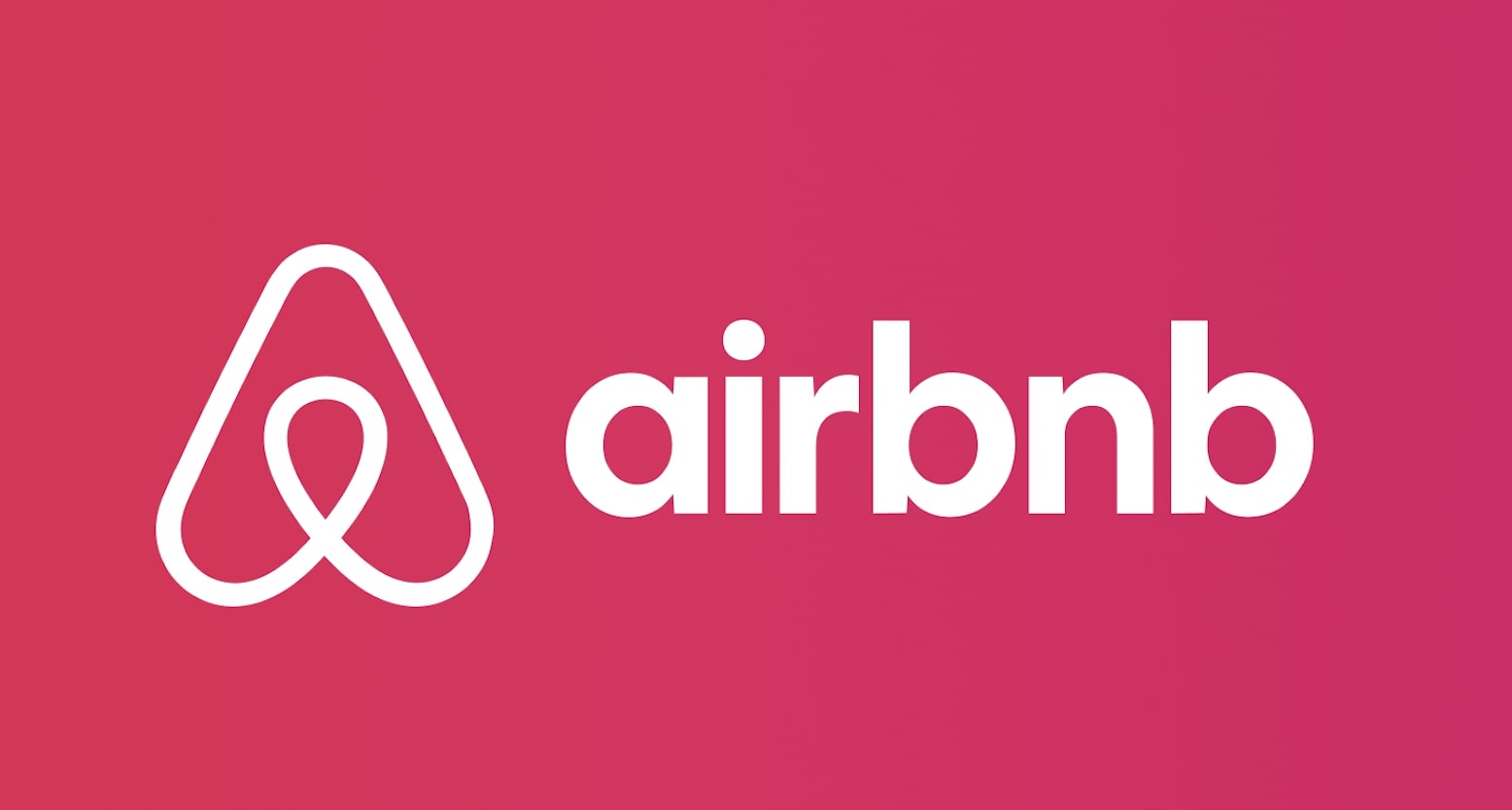
Further reading: How to Build a Brand Identity in 5 Steps
3. Maximize Your Social Media Presence and Engagement
Being active and engaging on social media is a straightforward way to increase brand awareness.
- Post regularly and consistently
- Respond to comments
- Re-share user-generated content
- Engage with relevant trending topics or hashtags
Brands like Wendy’s excel at this with their witty interactions. Which has increased their visibility and made them a favorite X (formerly Twitter) account for many people.

The more your audience engages with your social media posts, the more likely they are to remember your brand.
Semrush’s Social Media Toolkit enables you to improve your social media marketing efforts by helping you create and share engaging content on all your social profiles.
You can post on multiple social media platforms—including Facebook, LinkedIn, Instagram, Pinterest, and X—from a single place.
Open Social Poster and connect your social media profiles to get started.
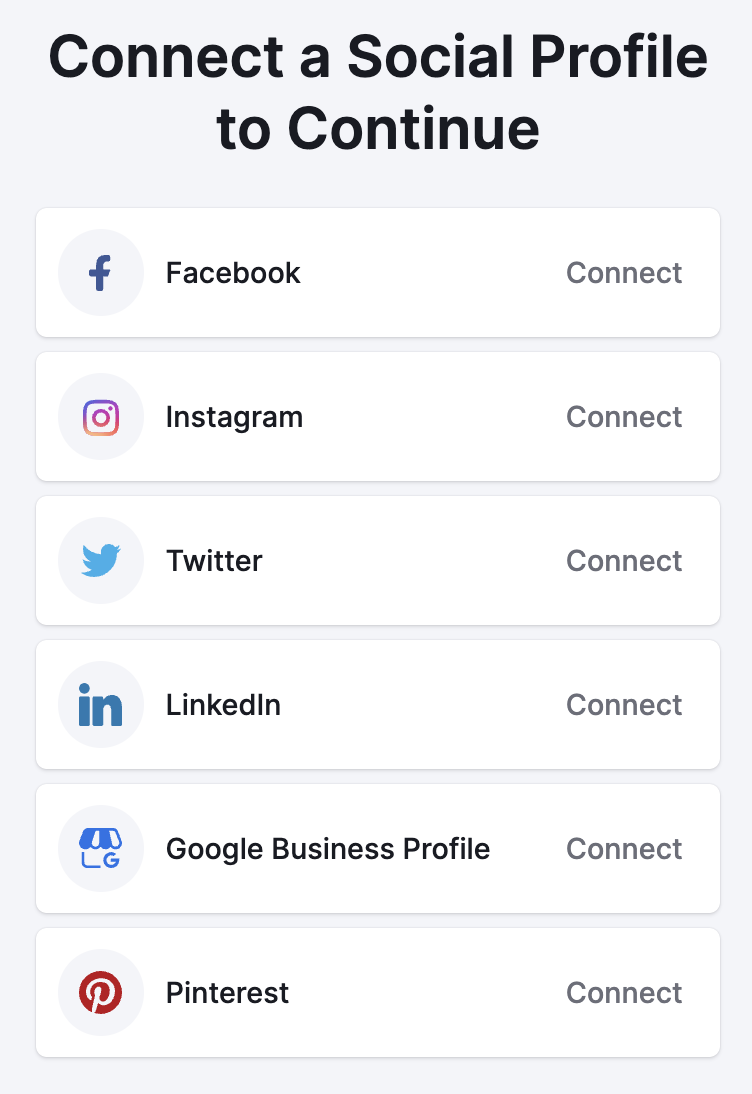
You can immediately start posting and scheduling your social media content.

4. Run Social Media Contests
Contests like “Caption this Photo,” “Trivia,” or “Tag a Friend” can easily be set up on platforms like Instagram or Facebook.
But do ensure the contest resonates with your brand—and that the prize is something your audience values.
Say you’re a skin care brand. A “Share Your Skin Transformation Journey” contest with a free supply of your product as the prize could work wonders.
Here’s Indie Lee, a popular skin care brand, hosting a giveaway contest on Instagram:
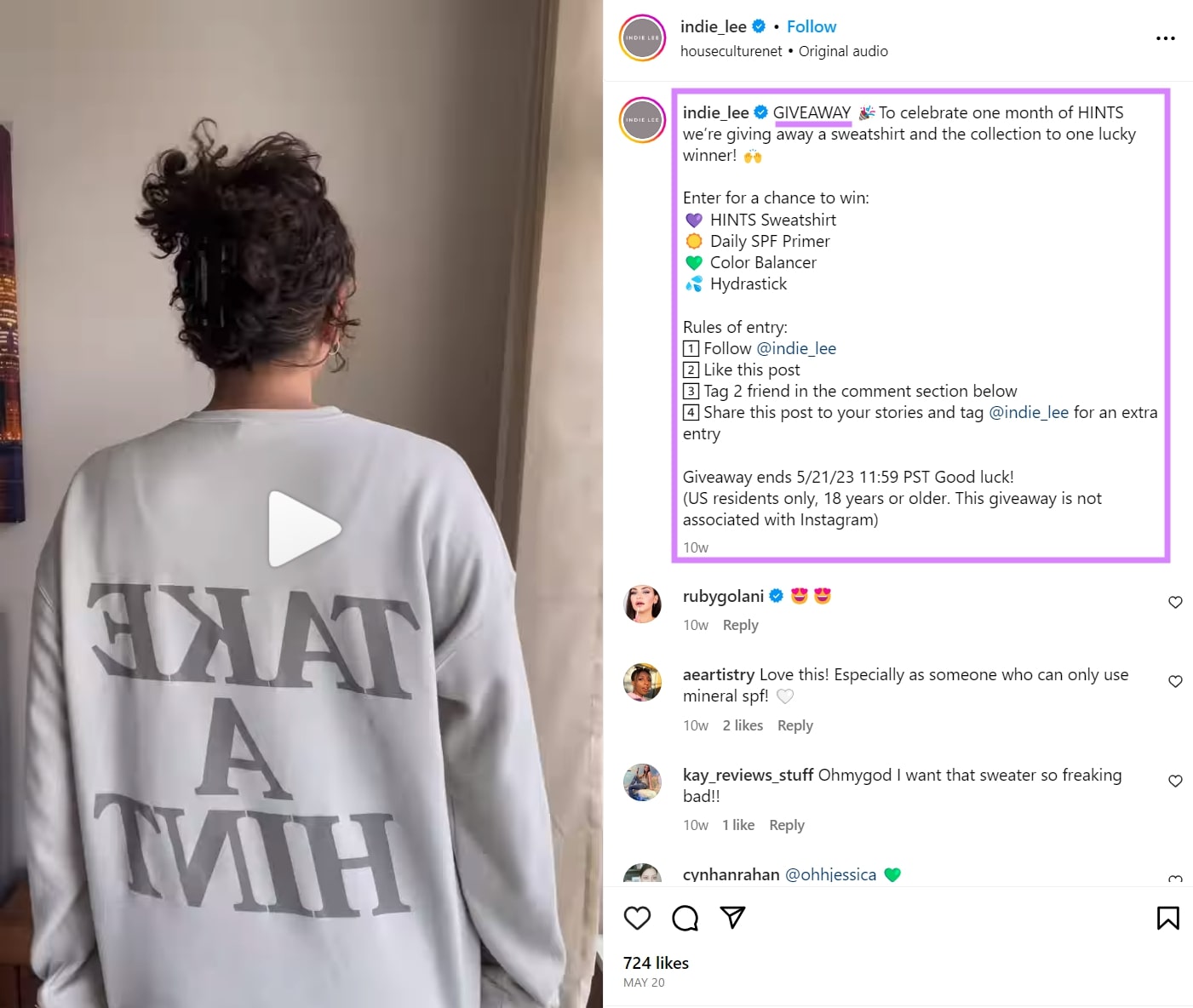
These interactive campaigns increase visibility and foster a community around your brand.
5. Run Brand Awareness Ads
Develop ads that showcase your brand’s personality and values. Instead of just promoting a product, tell a story.
For instance, if sustainability is your core value, create an ad campaign focusing on how your products contribute to a greener planet.
Or if you’re passionate about gender equality, show it.
Here’s a Facebook ad from Puma that emphasizes the brand’s commitment to women’s empowerment:
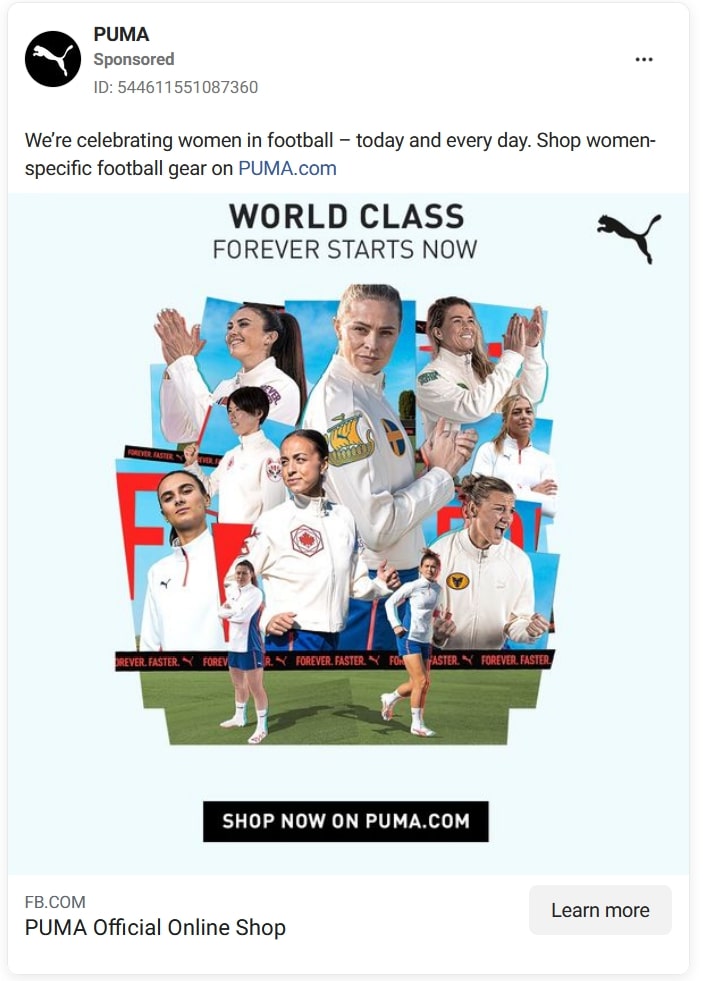
Advertisements that connect emotionally often stick with consumers, raising your brand awareness.
6. Take Corporate Social Responsibility Seriously
Identify causes that align with your brand values and take tangible steps to support them.
This could range from donating a portion of your profits to organizing community events.
Companies like Bombas (an apparel brand) are well-known for this. For instance, for every pair of socks you purchase, the company donates a pair to someone in need.

Such initiatives strengthen your brand image and help your brand stand out.
7. Offer Value Beyond Products
This involves creating valuable content for your audience. Or offering free complementary products.
If you’re a tech company, this could be as simple as creating a video series explaining complex technical concepts in simple terms.
Or, if you’re a fitness brand, you could offer free home workout routines.
For example, Fitbit sells fitness trackers and smartwatches. But it also offers a free mobile app that provides users access to their fitness data, workout plans, challenges, and social features.
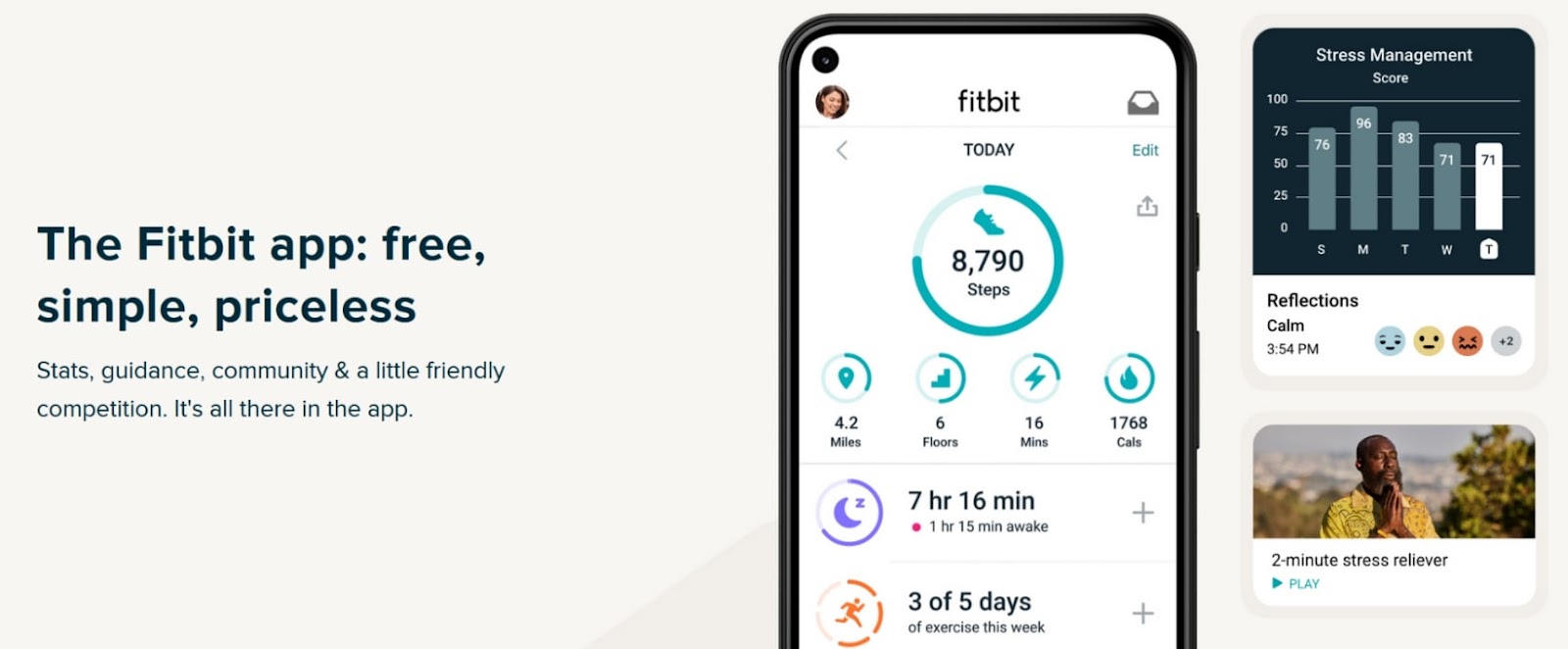
This initiative is all about becoming a resource for your audience. So they keep coming back to you.
8. Engage with Journalists for Positive Media Coverage
Proactively seek media coverage for your brand. You can pitch interesting stories about your brand to journalists and influencers in your niche.
This could include a new product launch, a major company milestone, or your latest CSR initiative.
Positive media coverage exposes your brand to a larger audience and builds credibility.
For example: An article like this on Forbes can do wonders in building brand awareness:
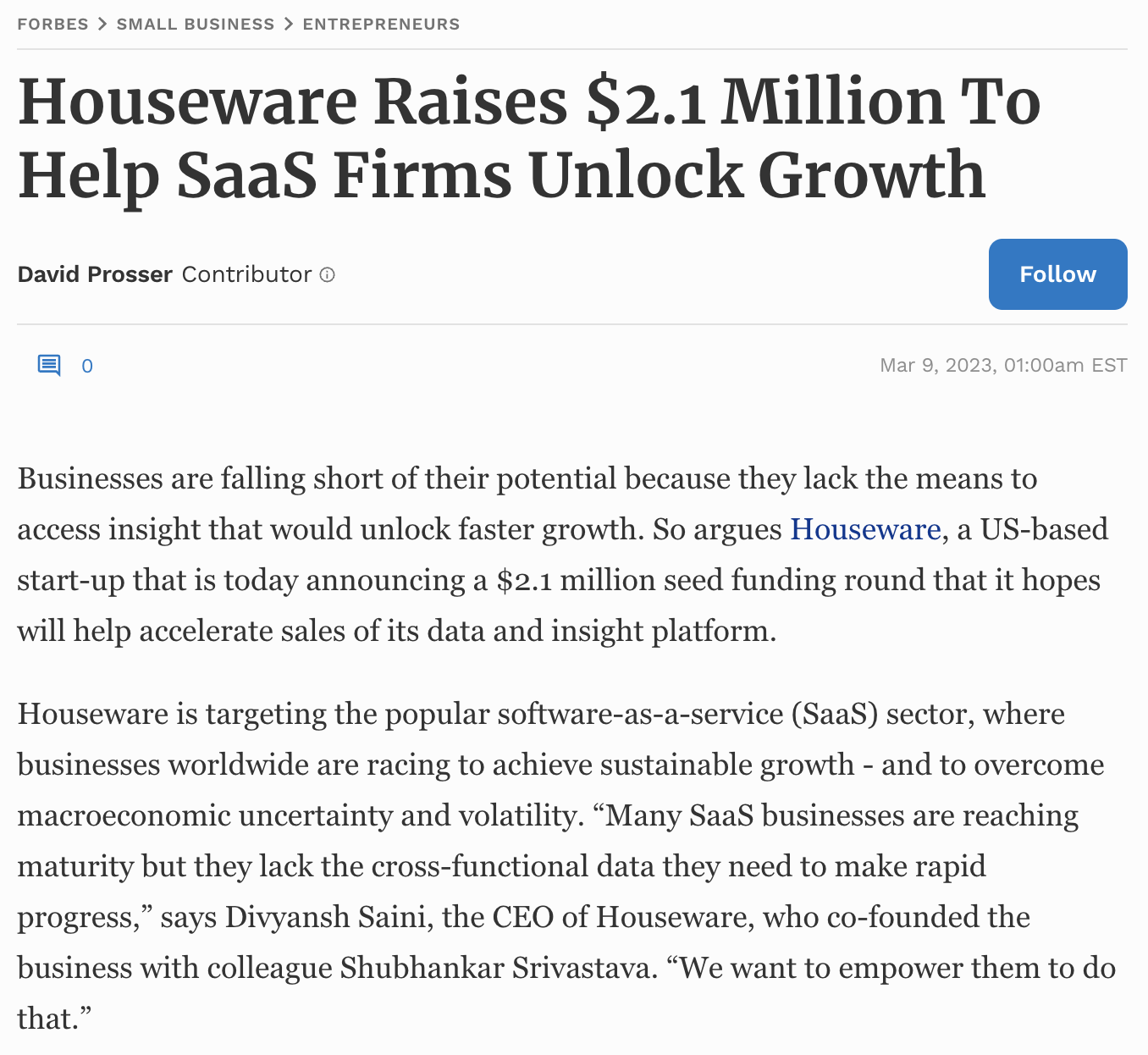
Or even a mention of your brand in any article on top websites like The Verge, Mashable, BBC, and The New York Times can bring you a lot of attention.
You can use Media Monitoring to evaluate the impact of your efforts in garnering media coverage.
It can track online mentions of your brand. And provide valuable insights into the reach, influence, and sentiment of the mentions.
Open the tool and enter the brand name you want to track. This will create a new project.
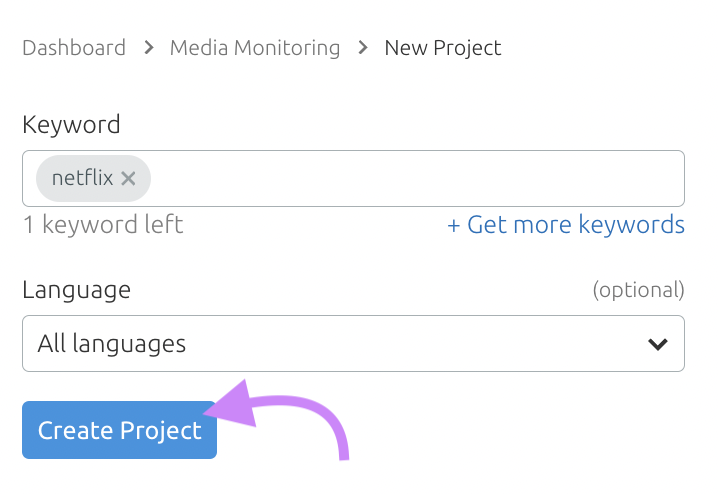
Go to the “Mentions” tab, and you’ll see all the mentions your brand has received in the selected period.

With Media Monitoring, you can easily monitor your PR and marketing efforts. Try it for free.
9. Sponsor Relevant Events
Sponsorship can increase your brand’s visibility—whether it’s a local community event or a major industry conference.
But ensure the event aligns with your brand values and appeals to your target audience.
Beyond just displaying your logo at the event, you should consider creating interactive experiences to engage attendees.
Being present and active in relevant events makes your brand more recognizable.
10. Train Your Employees to Be Brand Advocates
Encourage (but don’t require) your employees to talk about your brand on their social media channels. You can provide them with training and resources to do this in a more effective way.
In fact, did you know Cisco was training its employees to be LinkedIn influencers? This will help them leverage employee-generated content for branding.
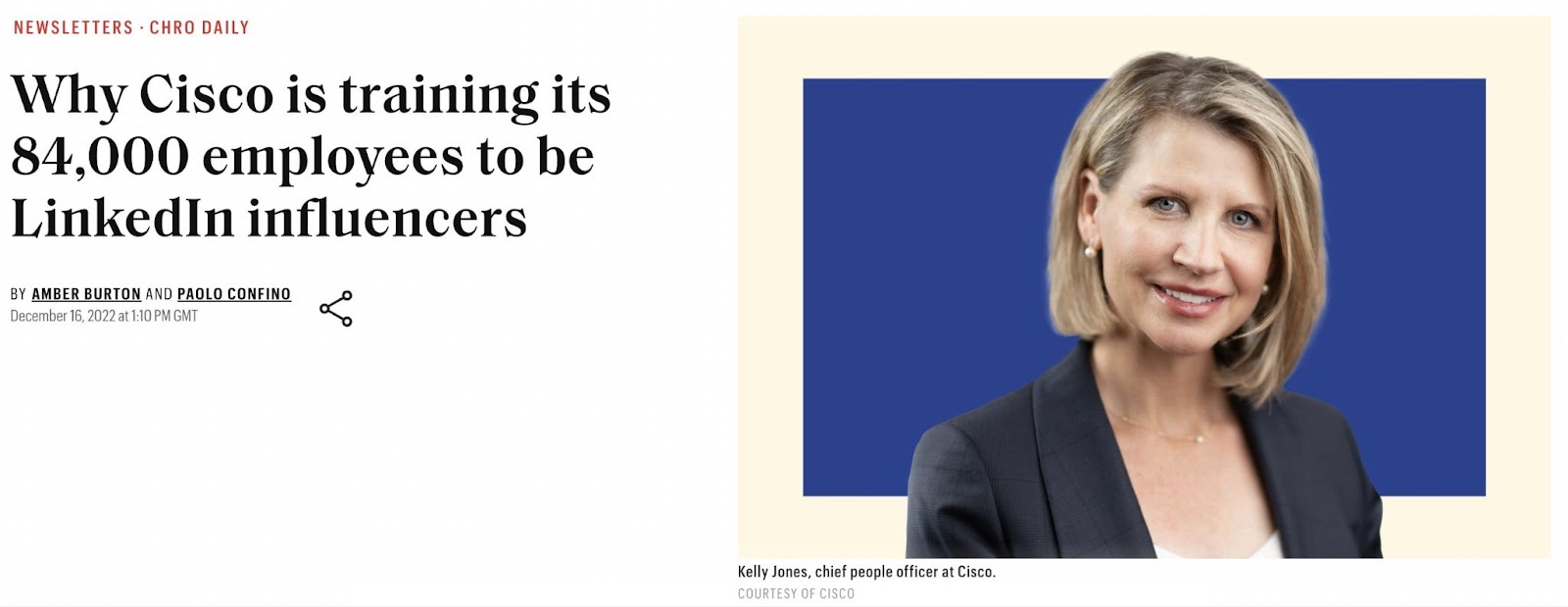
When employees advocate for your brand, it brings a sense of authenticity and trust. Which can help increase brand awareness.
11. Ramp Up Your SEO-Led Content Marketing Efforts
Creating valuable content can establish your brand as an authority, increase your online visibility, and build a dedicated audience.
But ensure your content is properly optimized to rank higher on SERPs.
You should focus on optimizing content for a broader range of industry-related keywords—and not just ones directly associated with your brand or products. This can expose your brand to a broader but relevant audience.
For example, if you run a vegan snack company, don’t limit your content to only target “vegan snacks.” Branch out and create informative articles on topics like “vegan diet” and “health benefits of going vegan.”
If you look at Lindt (a popular chocolate brand), more than half of the total keywords it ranks for are informational (as opposed to transactional or even commercial):
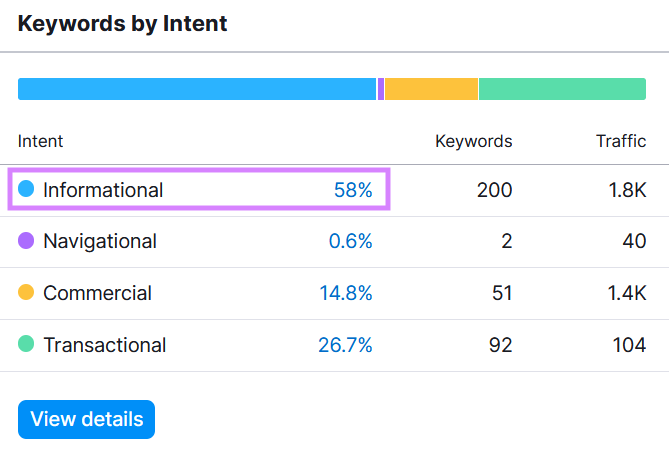
In addition, look to incorporate different formats into your content strategy, like videos and webinars.
Canva does this brilliantly by not only providing a design tool but also offering free courses and other valuable content that ranks well in Google.

12. Develop a Brand Mascot with a Personality
A brand mascot can be an effective way to stand out and get noticed.
The key is to create a character that reflects your brand’s personality. And resonates with your audience.
Take, for example, Flo from Progressive Insurance. She is a fictional salesperson who embodies the friendly and helpful nature of the company—thereby strengthening brand awareness and recall for Progressive Insurance.

Image Source: Wikipedia
With proper marketing efforts, the mascot can become a familiar face and bring a human touch to your brand.
13. Build Your Social Proof
You should encourage satisfied customers to share their positive experiences on third-party platforms (like review sites and social media platforms).
Say someone is researching products in your category. When they come across positive reviews for your brand that they may not have initially considered, it’ll make them aware of your brand and prompt them to learn more about what you have to offer.
For example, Mailchimp has garnered thousands of positive reviews on G2, a trusted review website.

Now when someone is looking for an email marketing solution on G2 and sees those reviews, they’ll become aware of Mailchimp and be more likely to explore what it has to offer.
14. Incentivize Customer Referrals
Leverage the power of word-of-mouth by creating a customer referral program.
You can offer incentives such as discounts, freebies, or access to exclusive content.
Dropbox’s “Refer a Friend” program (that offers additional storage for referrals) resulted in a 60% increase in signups.
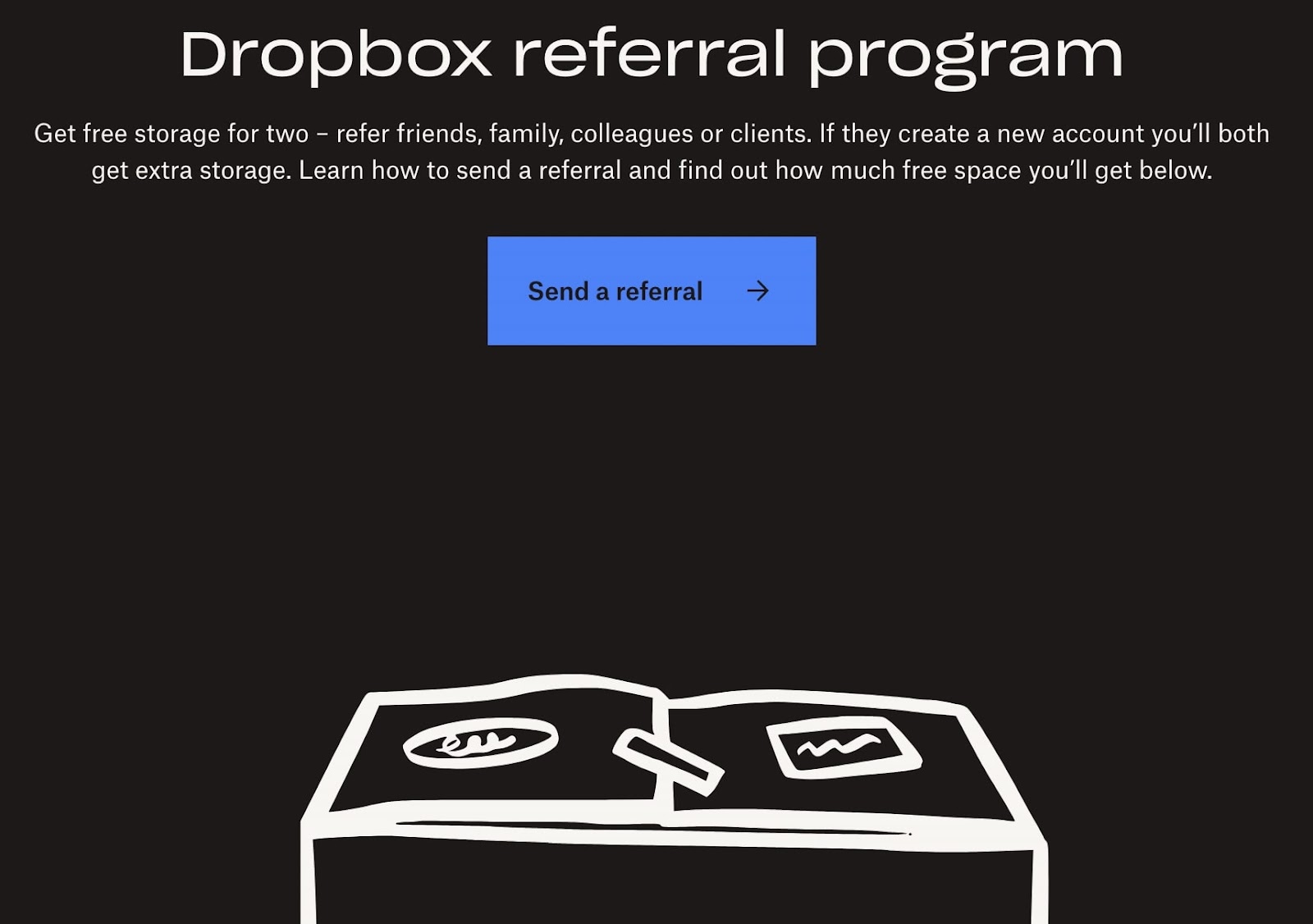
A referral program drives customer engagement. And encourages them to spread the word about your brand.
15. Collaborate with Influencers
Partner with influencers who resonate with your brand’s values and target audience.
Their endorsement can increase your brand’s visibility.
Take Daniel Wellington, for example. The watch brand regularly collaborates with micro-influencers, who talk about their watches in front of thousands of followers.

This approach makes your brand more visible to a wider audience.
You can use Influencer Analytics to find the right influencer for your brand. Check their performance stats and engagement trends to identify the right person to team up with.
Go to the tool, and click the “Influencer Discovery” tab. You can use search filters to find influencers on YouTube, Twitch, and TikTok based on factors like the influencer’s country, language, and audience size.

You can also use Influencer Analytics to run advertising campaigns with the influencers from start to finish. As well as track the performance in real time.
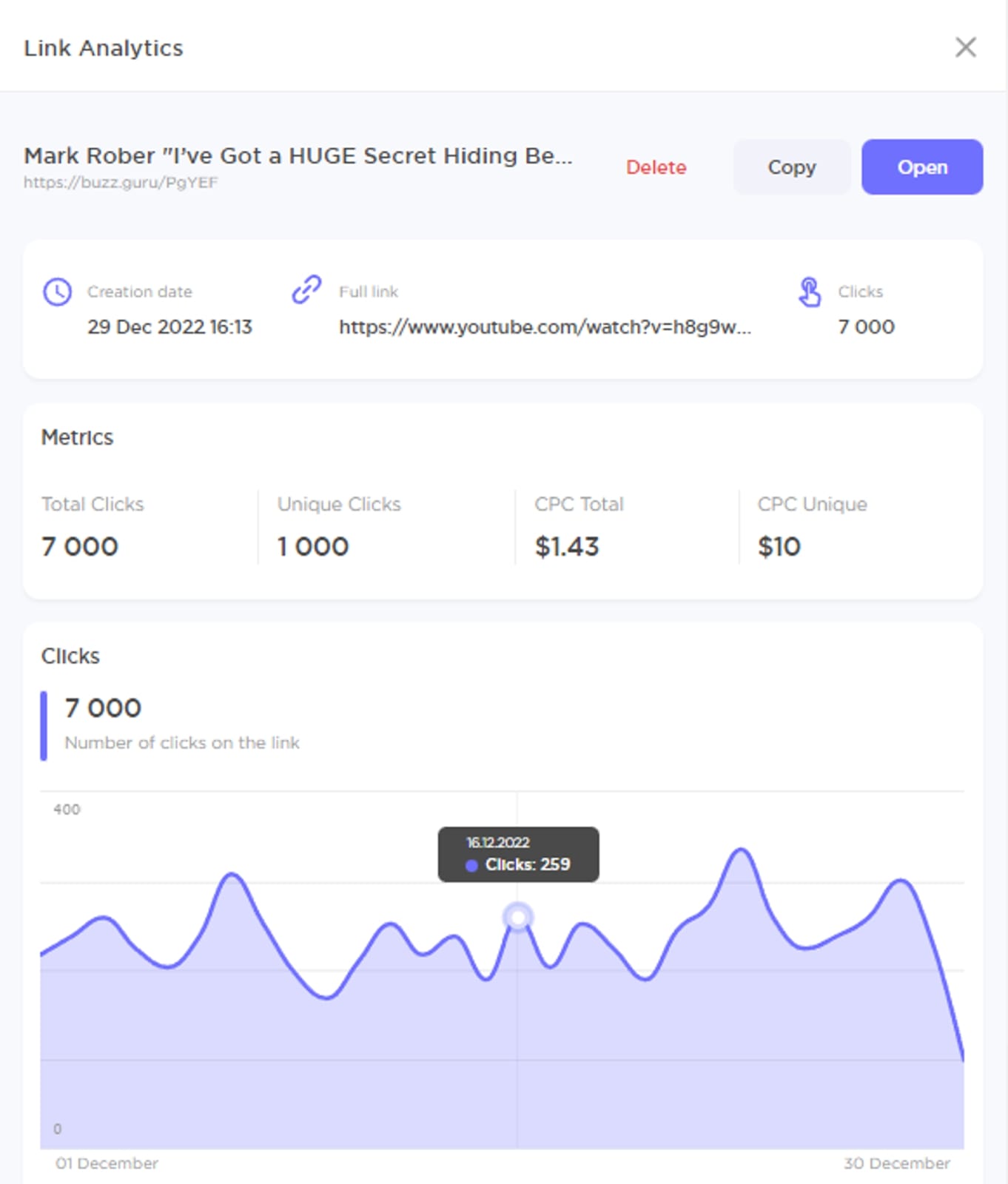
16. Don’t Ignore Offline Marketing Opportunities
You should consider diversifying your brand awareness strategy with offline tactics.
This could range from sponsoring local events and placing billboard ads to sending out direct mail campaigns.
Look at Red Bull. By sponsoring extreme sports events, it places its brand directly in its target audience’s line of sight.

A diverse marketing approach can expand your brand’s reach and strengthen its recognition.
17. Put a Face to Your Brand
Sharing behind-the-scenes content and employee stories can make your brand more authentic.
Starbucks often shares posts about their baristas and the stories behind their unique drinks.
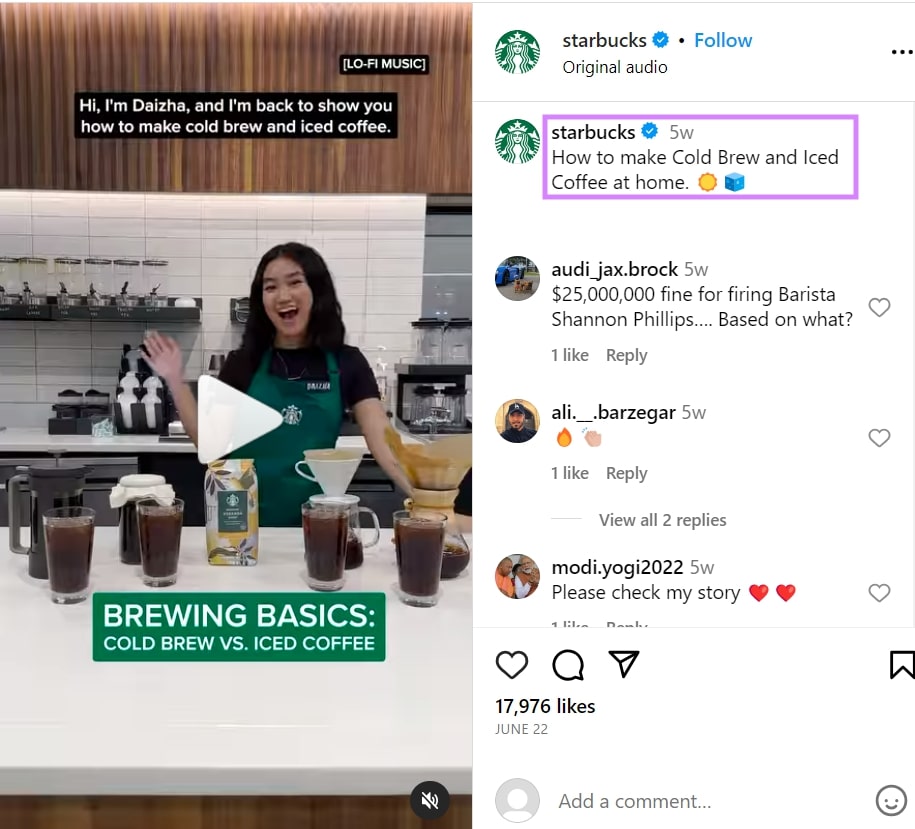
Humanizing your brand by showing your employees’ and leaders’ faces can help you forge deeper connections with your audience.
This is one of the best ways to increase brand awareness that fosters higher trust.
18. Implement Retargeting Campaigns
Retargeting (often called remarketing) allows you to reconnect with individuals who have previously interacted with your brand. This reinforces your presence and encourages those individuals to complete a purchase.
For instance, you can use Google and Facebook ad platforms to show tailored ads to people who visited your website but didn’t make a purchase.
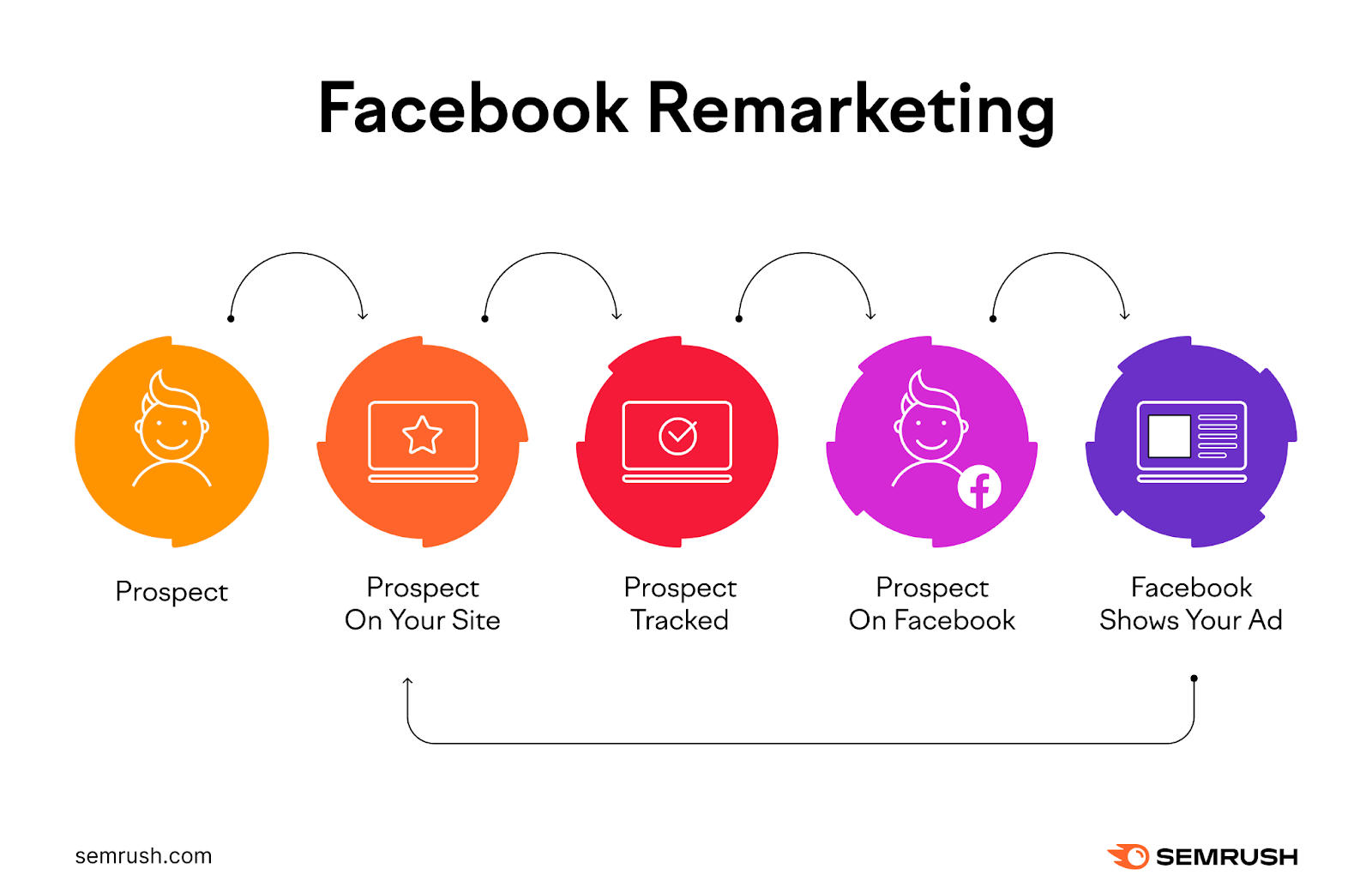
By gently reminding people of your brand or product, remarketing helps keep you at the top of their minds.
19. Form Partnerships with Other Brands
Partnering with a complementary brand can introduce you to their audience and boost your brand visibility.
For example, Adidas and Lego collaborated in 2021 on a collection of Lego-inspired shoes and clothing. This joint venture allowed both brands to benefit from the exposure to the other’s audience.
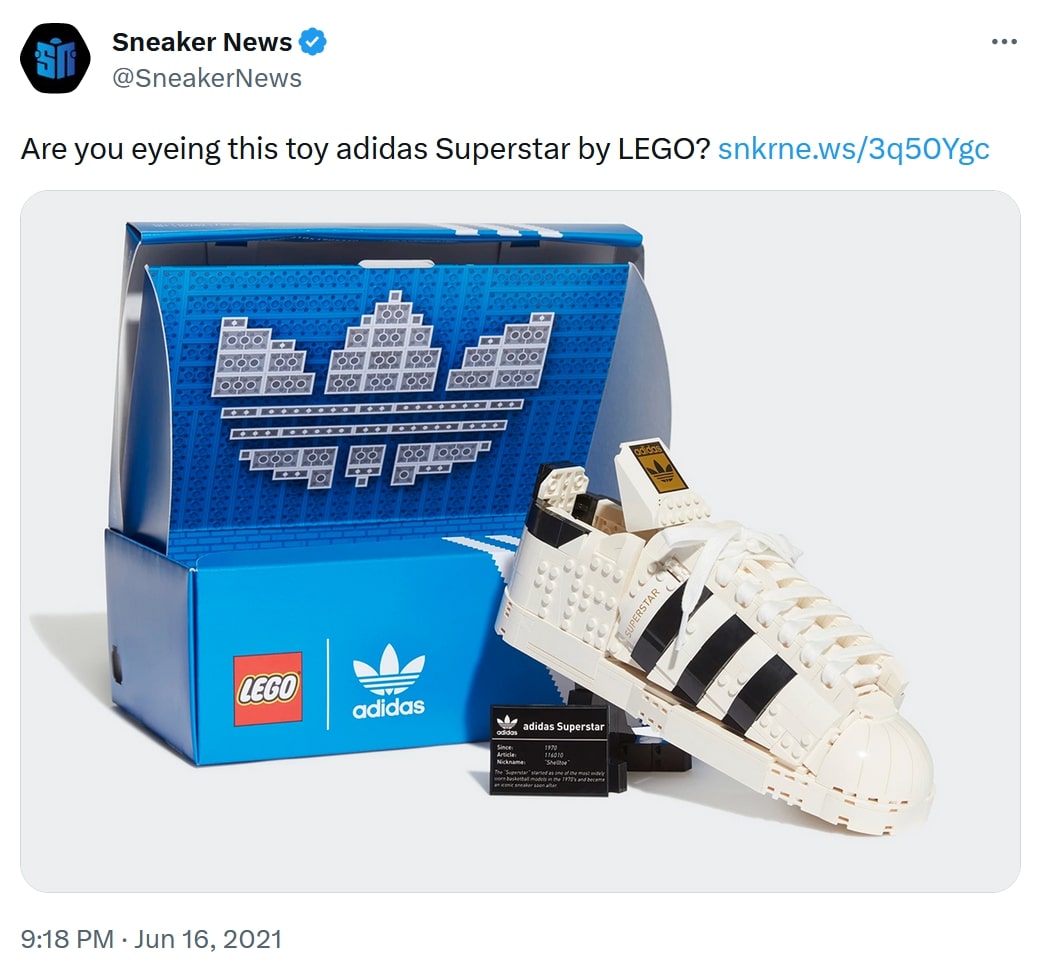
You can start by identifying non-competing brands that share your target audience. Then, propose a joint campaign or product that provides value to both audience groups.
20. Own a Unique, Brand-Specific Hashtag
Think of a short, catchy phrase that represents your brand. And include it in your social media posts. You should also encourage people to use this hashtag when posting about your brand.
Having a unique hashtag associated with your brand can amplify your social media presence.
Consider GoPro’s successful use of the branded #GoPro hashtag. Users sharing their experiences with the product helped spread brand awareness organically.
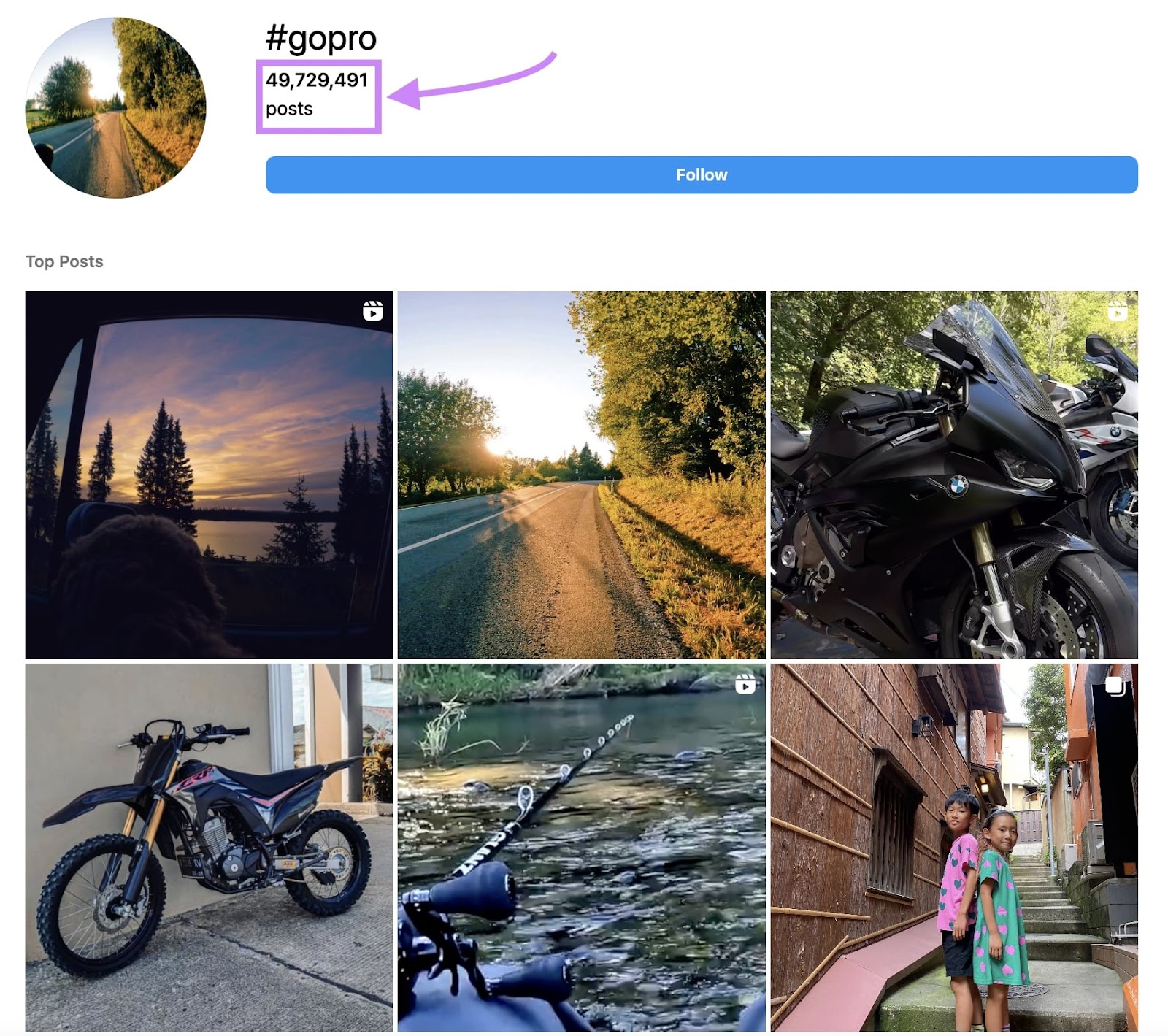
21. Develop an Integrated Brand Awareness Action Plan
Align all your marketing efforts (SEO, content marketing, social media, email, and more) toward raising brand awareness.
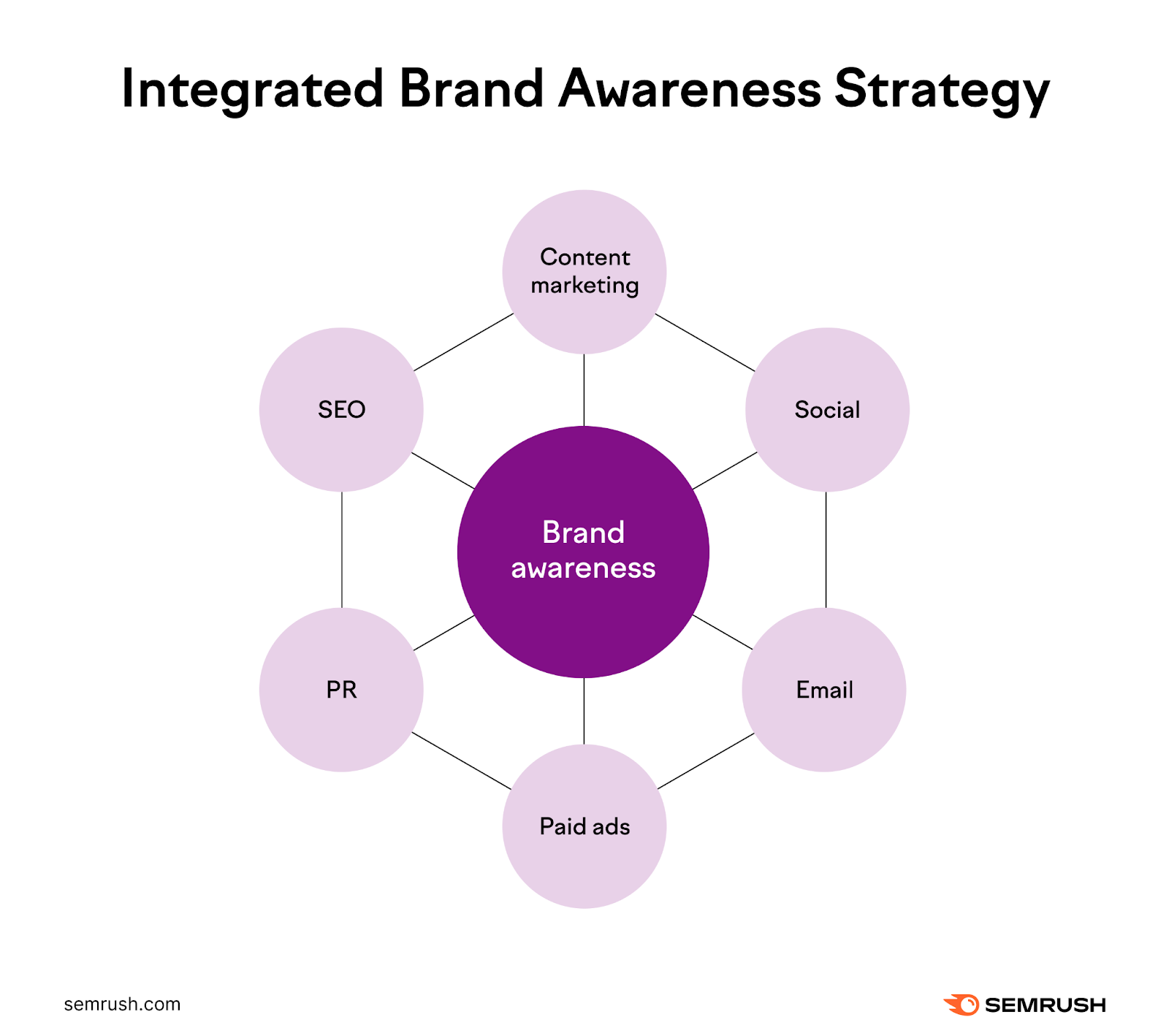
For instance, if your brand sells eco-friendly products, you could:
- Create a blog post about “10 Ways to Reduce Your Carbon Footprint” (content marketing)
- Optimize it for relevant search terms (SEO)
- Promote it on your social media channels with prompts for shares or comments (social media marketing)
This removes siloed marketing objectives and concentrates all marketing resources on a single goal.
As a result, your efforts are more effective in building brand awareness.
How to Measure Brand Awareness
There are several metrics you can track to understand your brand’s reach. They not only provide insights into your current brand awareness but also serve as input for future strategies.
Here are five important brand awareness metrics you should keep an eye on:
1. Direct Traffic
If users directly enter your website URL into their browser, they already know about your brand. This indicates a successful brand awareness strategy.
The greater this direct traffic, the wider your brand awareness.
You can track this metric using Google Analytics.
Open the tool. Go to “Reports” > “Acquisition” > “User Acquisition” to see the number of visitors directly coming to your website.
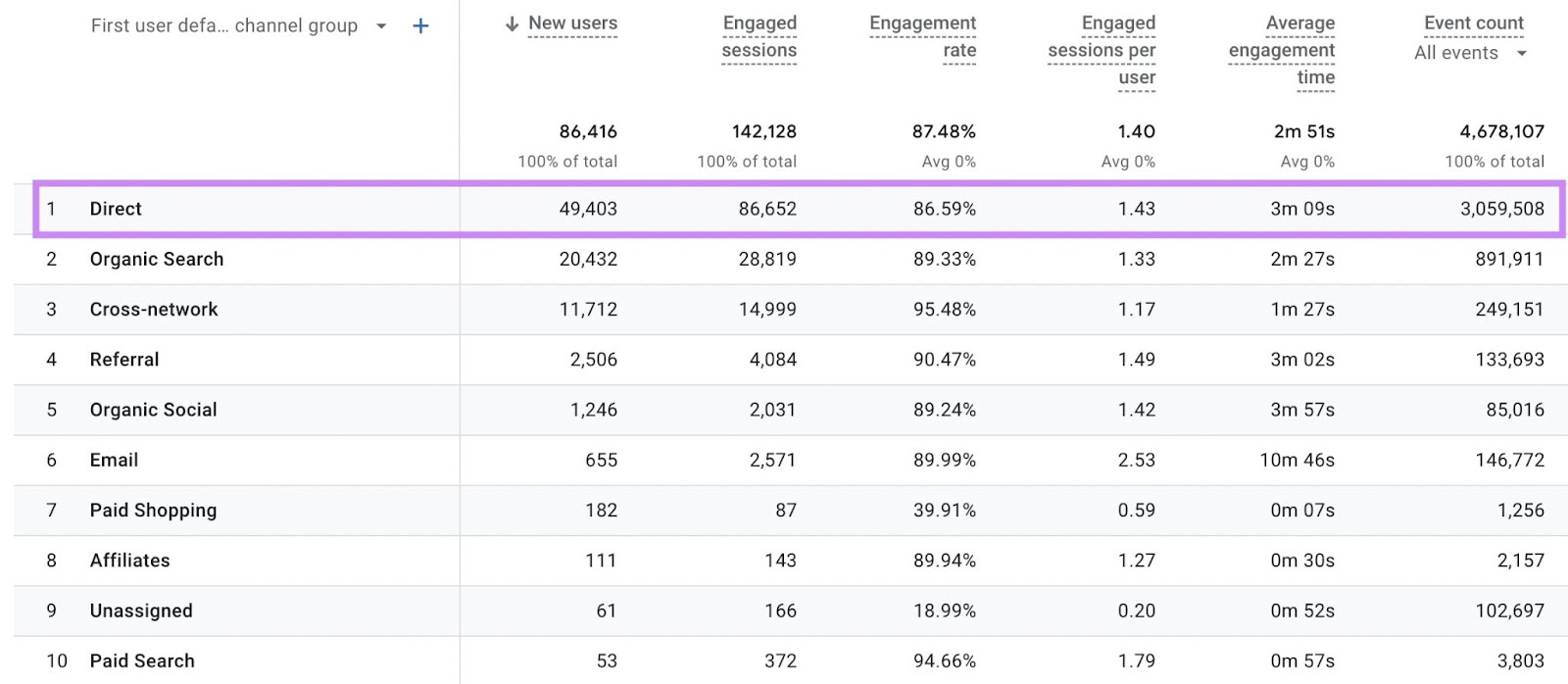
2. Brand Mentions
If many websites are mentioning your brand name, it could be a good indicator of your brand’s general reach and awareness in the market.
So, you should regularly track the number of mentions your brand is getting from different websites.
You can use the Brand Monitoring app for this.
Follow this manual to configure the tool. Once it’s configured, you’ll see a report like this:

It lists webpages that have mentioned your brand name.
You can also opt in for weekly email reports that inform you of new brand mentions.
3. Branded Search
Branded searches refer to queries that include your brand or product names.
A high volume of branded searches suggests that people know your brand well enough to look for it specifically on search engines.
You can monitor these queries from Google Search Console’s “Performance” report. This will help you measure the extent of your brand recognition.
Open the tool and select the desired property (website you want to track). Go to “Performance” and add a filter of queries containing your brand name.
This will show you all the branded search queries that have triggered impressions and clicks for your website.
4. Social Listening
Social listening involves monitoring conversations about your brand on social media platforms.
It offers insights into the volume of conversations and topics around your brand. Which provides an understanding of your brand image.
Use the Media Monitoring tool within Semrush’s Social Toolkit to track brand mentions across the web.
5. Brand Awareness Surveys
Surveys can directly measure your brand’s visibility by asking your target audience.
You can ask questions like “Have you heard of [your brand]?” or “What is the first brand that comes to mind when you think of [your industry]?”
You can track shifts in your brand’s awareness by comparing results over time.
Surveys are one of the most reliable ways of measuring brand awareness.
SurveyMonkey is a great tool to create such surveys. It even has a ready-to-use brand awareness survey template:

Strengthen Your Brand Awareness
A key step in creating a brand awareness strategy is first understanding your audience. And this should go beyond demographic data. You should also dive into their interests, challenges, and motivations.
This will enable you to create a more effective strategy.
Use Audience Intelligence to get insights into your audience. You can get started for free.